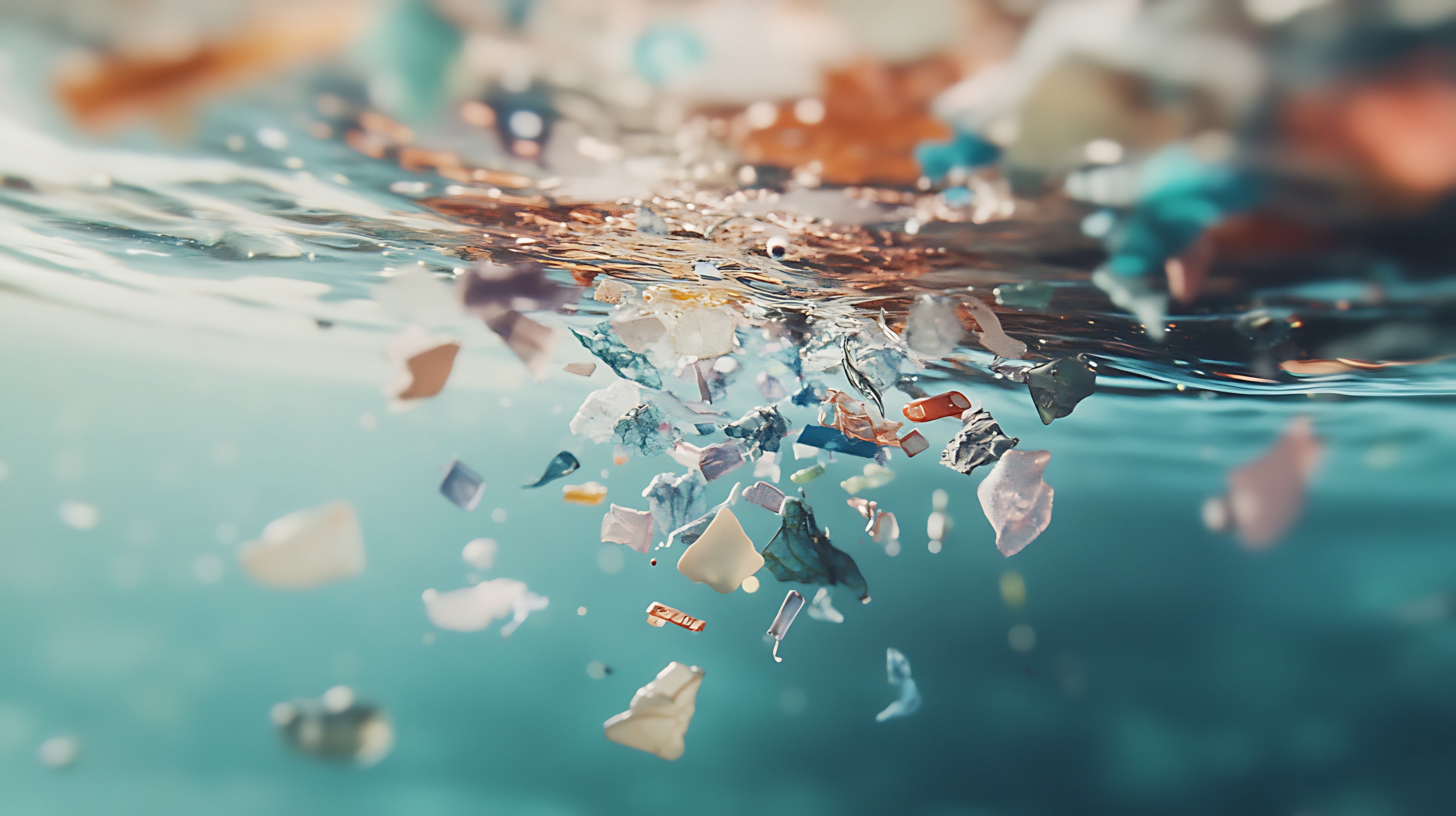The Hidden Impact of Microplastics in Your Drinking Water
What you don’t see in your water could be affecting your health.
What Are Microplastics?
Microplastics are tiny plastic particles (less than 5mm in size) that have infiltrated nearly every part of our environment—including the water we drink. Recent studies have found microplastics in bottled water, tap water, and even rainwater, raising concerns about long-term health effects.
Microplastics come from various sources, including:
- Degraded plastic waste in oceans, rivers, and lakes
- Industrial pollution and microbeads from cosmetic products
- Shedding from synthetic clothing during washing
- Breakdown of plastic packaging, including bottled water containers
Since plastic does not biodegrade completely, microplastics persist in the environment for hundreds of years, making them an ongoing health risk.
How Do Microplastics Get Into Drinking Water?
Microplastics can enter our drinking water supply through various pathways:
Contaminated Water Sources
Many lakes, rivers, and reservoirs that supply drinking water have been contaminated with plastic waste. Rainfall and runoff wash microplastics into these water bodies, where they eventually enter municipal water supplies.
Bottled Water Contamination
Studies have found that 93% of bottled water contains microplastic particles, often originating from plastic bottle packaging and production processes. Choosing spring-sourced, glass-bottled water is one way to minimize exposure.
Household Tap Water
Even treated tap water can still contain microplastics, as many municipal filtration systems are not designed to remove these tiny particles effectively.
Health Risks of Microplastics in Water
While research is ongoing, there is growing concern about the potential health effects of consuming microplastics. Some identified risks include:
- Endocrine Disruption: Many microplastics contain BPA and phthalates, which can interfere with hormone production.
- Inflammation & Gut Issues: Studies suggest that microplastics can accumulate in the digestive system, leading to chronic inflammation.
- Heavy Metal Contamination: Microplastics can absorb toxins like mercury, lead, and pesticides, making them even more harmful when ingested.
How to Avoid Microplastics in Your Drinking Water
To reduce exposure to microplastics, follow these steps:
- Drink naturally filtered spring water from brands that use glass or sustainable packaging, like RARE Still Spring Water.
- Avoid bottled water stored in plastic containers, as they often contain the highest levels of microplastics.
- Use a high-quality water filter at home, such as those with activated carbon or reverse osmosis systems.
- Minimize plastic use in daily life, including plastic food containers and utensils.
Final Thoughts
Microplastics in drinking water are a growing concern, but being informed and making better choices can help protect your health. Choosing spring-sourced, naturally filtered water in sustainable packaging is one of the simplest ways to reduce exposure and promote long-term wellness.
At RARE Water, we are committed to offering plastic-free hydration, sourced directly from pristine volcanic springs. Discover more about our commitment to purity on our Our Water page.



Leave a comment